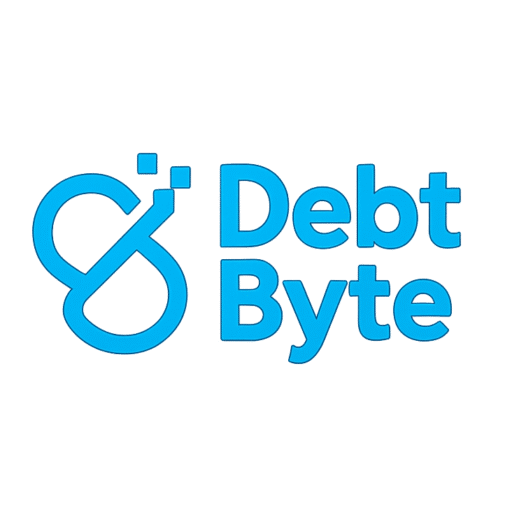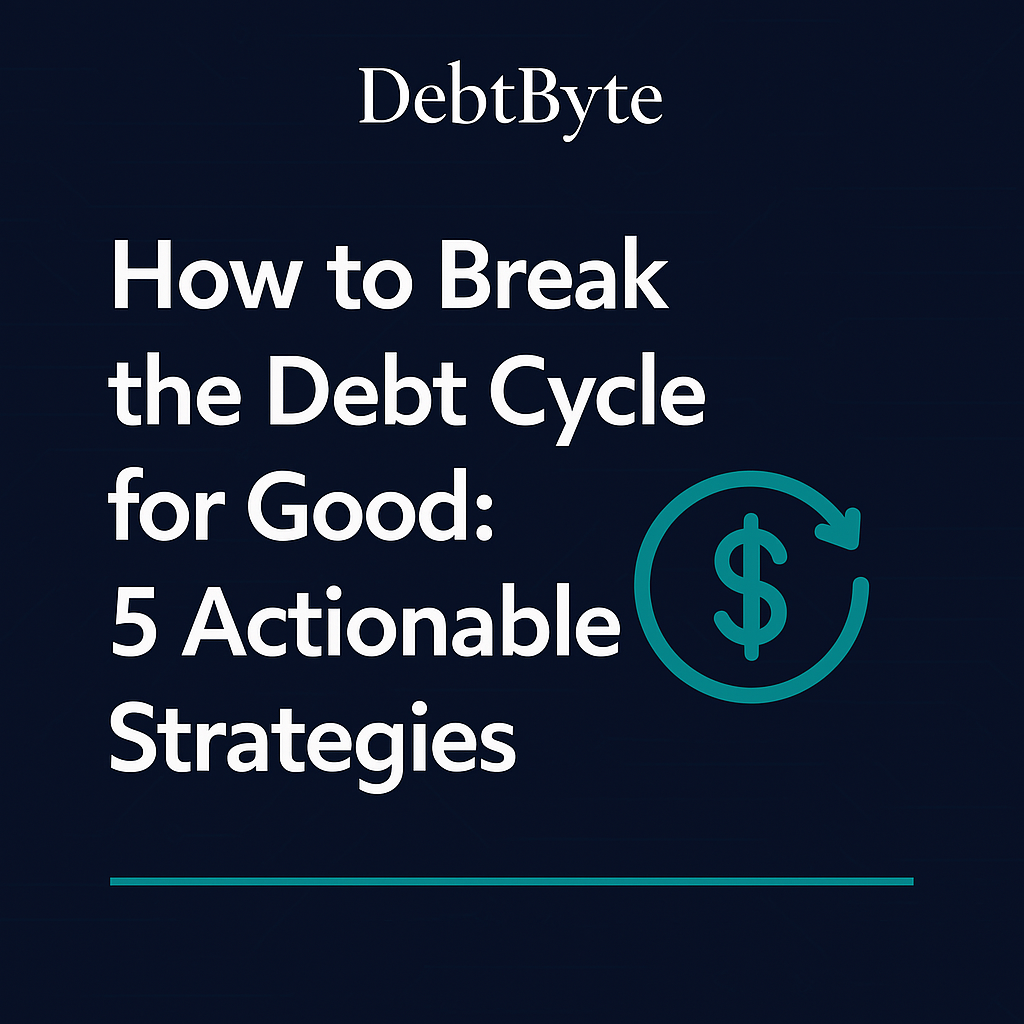If you’ve ever felt trapped in an endless cycle of debt, you’re not alone. Many people find themselves caught in a loop of borrowing, repayments, and mounting interest. But what if you could break free from this cycle once and for all? In this post, we’re diving into five actionable strategies that will help you regain control of your finances, set up a realistic budget, and start moving toward true financial freedom. Whether you’re looking to build a better future or simply want to stop the constant stress that debt brings, these practical tips will guide you through the first steps of transformation.
Understanding the Debt Cycle
Before you can break the cycle, it’s essential to understand what keeps you locked in its grip. The debt cycle typically involves:
- Accumulating Debt: A mix of credit cards, loans, and bills can quickly spiral out of control.
- High-Interest Rates: These make it hard for payments to catch up with the growing balance.
- Recurring Financial Struggles: When debt repayments eat up most of your income, there’s little left for savings, causing a constant state of financial strain.
Statistics show that nearly 60% of individuals report feeling overwhelmed by their monthly obligations, making it crucial to analyze your financial habits and take action. By taking a clear look at where your money is going, you can start mapping out a realistic plan to break free from this seemingly endless loop.
Strategy 1 – Evaluate Your Debt Situation
The first step toward regaining control is knowing exactly what you’re dealing with.
- List All Your Debts: Make a comprehensive list including credit cards, student loans, auto loans, etc. Note down the balances, interest rates, and minimum payments for each.
- Calculate Your Total Debt: Use a debt calculator (or a simple spreadsheet) to get a clear number that represents your overall obligation.
- Prioritize Debt Repayment: Identify high-interest debts that are costing you the most money over time.
Taking these steps not only clarifies the size of the challenge but also sets a foundation to decide which repayment strategy—such as the Debt Snowball or Debt Avalanche method—works best for you.
Strategy 2 – Establish a Realistic Budget
A sound budget is the cornerstone of breaking the debt cycle. Here’s how to build one:
- Adopt the 50/30/20 Rule:
- 50% for essentials (housing, utilities, groceries)
- 30% for discretionary spending
- 20% for debt repayment and savings
- Track Your Spending: Use budgeting tools or apps like Mint or YNAB (You Need a Budget) to monitor how closely your spending aligns with your plan.
- Adjust Realistically: If you’re struggling to hit these targets, re-examine your discretionary expenses. Small cuts here and there can add up to big savings over time.
With a realistic budget, you’re better equipped to allocate extra funds toward paying off debts—the key to breaking the cycle.
Strategy 3 – Create a Debt Repayment Plan
Once you know your numbers, it’s time to figure out how to tackle your debt:
- Debt Snowball vs. Debt Avalanche:
- Debt Snowball: Pay off your smallest debts first for quick wins, building momentum as each one is conquered.
- Debt Avalanche: Focus on the debt with the highest interest rate first to minimize costs over time.
- Consider a Combination: Depending on your financial situation, you might blend both strategies to suit your psychological and fiscal needs.
- Automate Payments: Set up autopay for at least the minimum amounts to avoid late fees and help you stick to your repayment schedule.
Having a clear plan allows you to watch your debt decrease over time, reinforcing your commitment to financial freedom.
Strategy 4 – Build an Emergency Fund
One of the common pitfalls that drive people back into debt is unexpected expenses. An emergency fund acts as a financial safety net.
- Start Small: Even saving a little each month will add up, providing you with a buffer when emergencies occur.
- Separate Savings Account: Keep your emergency fund in a dedicated high-yield savings account. This makes it less tempting to dip into for non-emergencies.
- Set a Goal: Aim for at least $500 to $1,000 initially, eventually growing this to cover three to six months’ worth of expenses.
An emergency fund can stop you from falling back into debt when life throws a curveball, ensuring that your progress isn’t derailed by unforeseen challenges.
Strategy 5 – Seek Professional Guidance
Sometimes, the best way to move forward is acknowledging that you need help:
- Financial Advisors: Consider consulting with a certified financial planner. They can offer personalized strategies tailored to your specific situation.
- Credit Counseling Services: Many non-profit organizations offer free or low-cost consultations and advice on debt management.
- Online Tools & Resources: Reputable personal finance websites and tools can also provide insight and strategies. Remember, informed decisions make for better financial management.
Whether it’s professional advice or a trusted financial blog, surrounding yourself with knowledgeable guidance can make the daunting task of breaking the debt cycle feel entirely manageable.
Breaking the debt cycle is not an overnight transformation—it’s a step-by-step process that begins with understanding your current situation, establishing a solid budget, creating a repayment plan, building an emergency fund, and seeking professional guidance when needed. Every small step, every adjustment, moves you closer to real financial freedom.
Remember: You’re not alone in this journey. Sharing your challenges and progress can inspire others to take charge of their finances too.
If you found these strategies helpful, follow us on social media for daily insights and join the conversation—what’s the biggest step you’re taking to break your debt cycle? Let us know in the comments below!


Leave a Reply